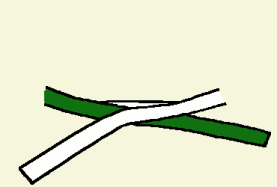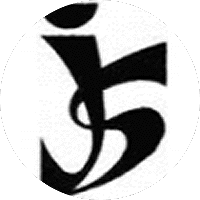JUDO: KYU / BELTS
| Color | Japanese name | |||||
| White | 6e Kyu |
|||||
| Yellow | 5e Kyu |
|||||
| Orange | 4e Kyu |
|||||
| Green | 3e Kyu |
|||||
| Bluew | 2e Kyu |
|||||
| Brown | 1e Kyu |
|||||
| Black | 1e t/m 5e dan |
|||||
| Red - White blocked | 6e t/m 8e dan |
|||||
| Red | 9e en 10e dan |
|||||
Function of the belt / obi
The primary function of the belt (obi) is keeping together the judogi (judo uniform). Moreover the color of the belt indicates the degree of experience/achievement. The system of Kyu-rank system has been developed by Jigoro Kano.
The sixth up to and including first Kyu grade are called student ranks, the Dan-grades are called expert ranks.
To qualify for a next higher rank waiting times and age limits has been determined internationally. A waiting time indicates the period which is minimally necessary for training the skills and increased knowledge to the next level. For the first Dan a minimum age of 16 years applies.
In the Dutch national graduation system the so-called “slippen” system (so called “half kyu) has been determined for the judo youth up to 12 years
Tying the Judo Belt

- Place one end of obi on the left side of the body, at about the height of the hipbone
- Wrap the obi around the body from left to right (two times), until there is just enough of the other end remaining to tie the knot
- Bring the end around from the left side and tuck it under all the other layers of the obi, from bottom to top
- Fold the tab that protrudes from below over toward the right. Fold the end down over it
- Pull the end back up through the loop formed with the tab, and pull both tight to form the knot
- The ends of the obi should be approximately 20 cm
- The obi should be worn at the height of the hipbones

This image was created and copyright © by Anders Dovervik of Stockholm's Judo Club.
Used with permission.

